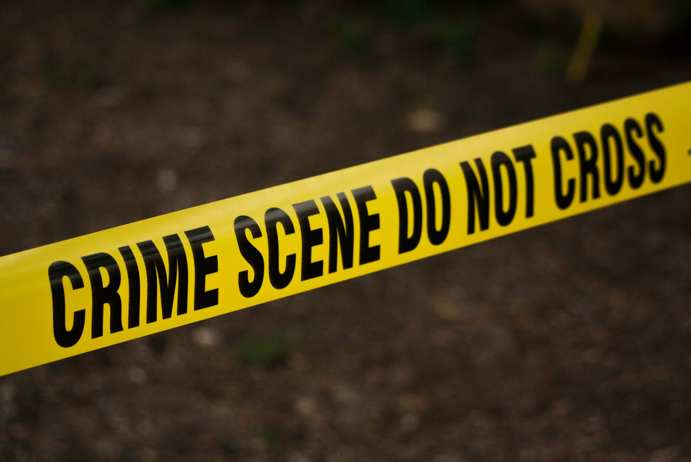
Science plays a vital but sometimes limited role in criminal investigation. Our reports study the opportunities for and challenges of incorporating science in crime investigation, and identify best practices for improved application. These studies are essential resources for the law enforcement and legal communities.
Eyewitnesses play an important role in criminal cases when they can identify culprits. Estimates suggest that tens of thousands of eyewitnesses make identifications in criminal investigations each year. Research on factors that affect the …
Scores of talented and dedicated people serve the forensic science community, performing vitally important work. However, they are often constrained by lack of adequate resources, sound policies, and national support. It is clear that change and …
Microbial forensics is a scientific discipline dedicated to analyzing evidence from a bioterrorism act, biocrime, or inadvertent microorganism or toxin release for attribution purposes. This emerging discipline seeks to offer investigators the …
Less than a month after the September 11, 2001 attacks, letters containing spores of anthrax bacteria (Bacillus anthracis, or B. anthracis) were sent through the U.S. mail. Between October 4 and November 20, 2001, 22 individuals developed …
Discussions around the intersection between neuroscience and the law began decades ago. Originally used mostly in death penalty cases, the role of neuroscience has extended to cases involving drugs, assault, burglary, child abuse, rape, fraud, …
The Reference Manual on Scientific Evidence, Third Edition, assists judges in managing cases involving complex scientific and technical evidence by describing the basic tenets of key scientific fields from which legal evidence is typically …
Ballistic Imaging assesses the state of computer-based imaging technology in forensic firearms identification. The book evaluates the current law enforcement database of images of crime-related cartridge cases and bullets and recommends ways to …
Proactive policing, as a strategic approach used by police agencies to prevent crime, is a relatively new phenomenon in the United States. It developed from a crisis in confidence in policing that began to emerge in the 1960s because of social …
Because police are the most visible face of government power for most citizens, they are expected to deal effectively with crime and disorder and to be impartial. Producing justice through the fair, and restrained use of their authority. The …
Since the 1960s, testimony by representatives of the Federal Bureau of Investigation in thousands of criminal cases has relied on evidence from Compositional Analysis of Bullet Lead (CABL), a forensic technique that compares the elemental …
The polygraph, often portrayed as a magic mind-reading machine, is still controversial among experts, who continue heated debates about its validity as a lie-detecting device. As the nation takes a fresh look at ways to enhance its security, can the …










